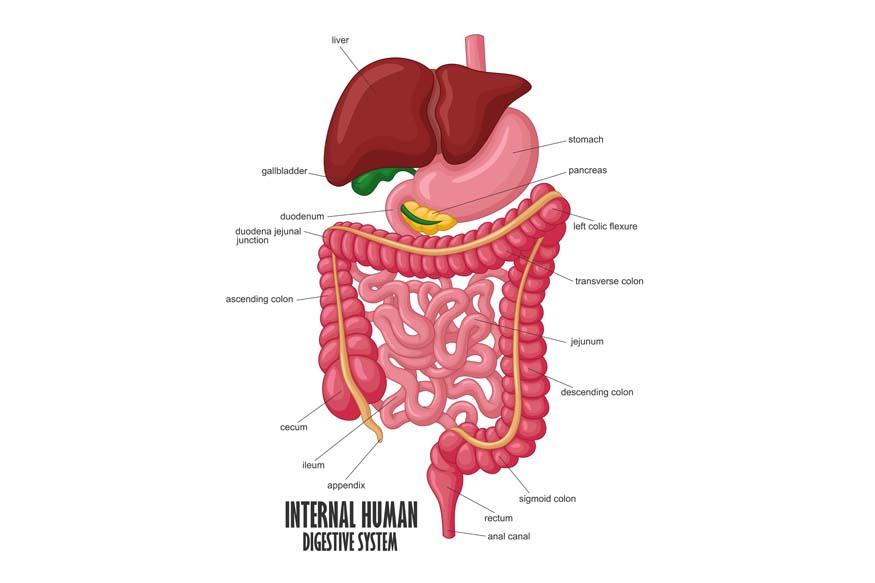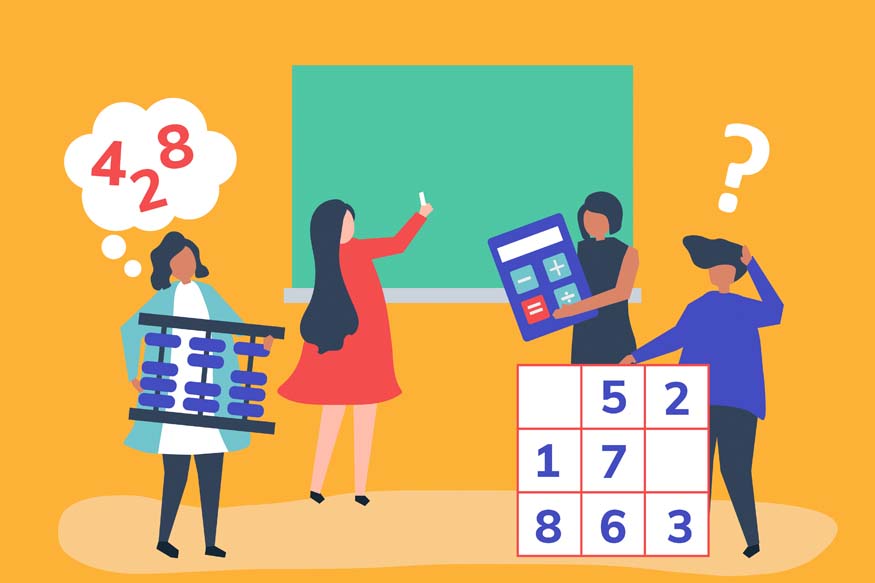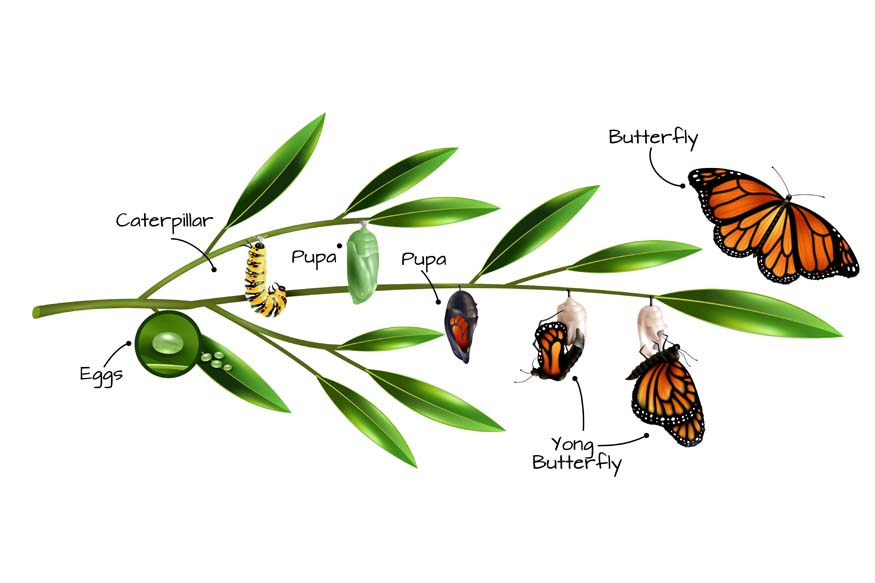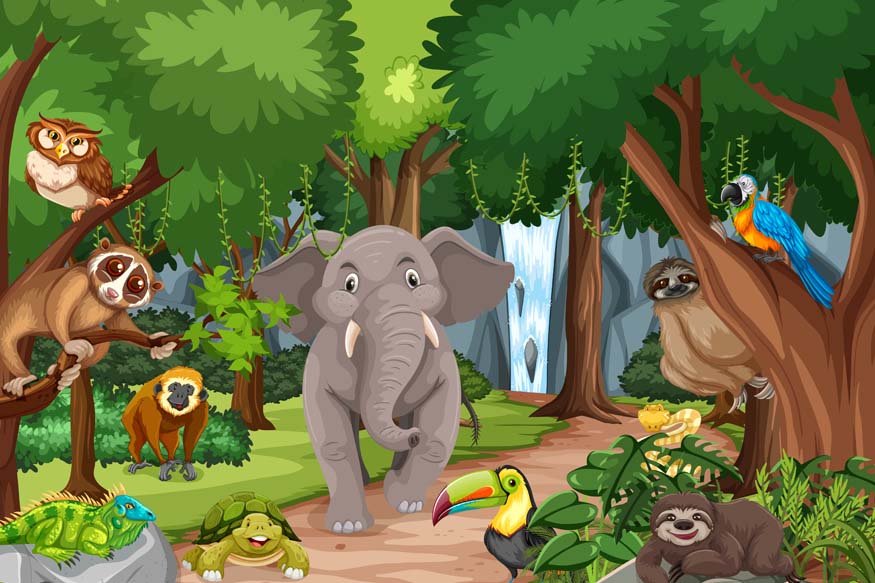The digestive system is the part of our body that includes the gastrointestinal tract and the organs that help digestion. The main function of the digestive system is to break down the food we consume into essential nutrients, vitamins, and minerals.
It transforms nutrients like carbohydrates and proteins into simpler forms such as sugars and amino acids, which our body can easily take in. Once these nutrients are broken down, they enter the bloodstream, allowing the body to use them for energy, growth, and repair. The entire process of breaking down food into simpler parts for easier absorption is called digestion.
Our bodies require energy to carry out our daily tasks, and we consume food regularly to meet that need. Food serves as the essential fuel that powers our bodies. This is why our parents and loved ones always encourage us to eat nutritious meals to maintain good health.
But have you ever wondered what happens to the food after we eat it? How does our body transform food into energy? How do we extract the necessary nutrients from what we consume? To grasp this process, we need to explore the digestive system, which plays a crucial role in breaking down the food we ingest.
Explaining how the digestive system works
Digestion is the process where food passes through the gastrointestinal tract. It all starts in the mouth when we chew our food and wraps up in the small intestine. As food moves through the gastrointestinal tract, it mixes with different digestive enzymes and juices in the stomach, which help break down larger food molecules into smaller ones. After that, the small intestine’s walls absorb these smaller molecules and send them to various parts of the body. Finally, any leftover waste from digestion goes to the large intestine and is expelled from the body as solid waste, known as stool or faecal matter.
The main parts of the digestive system
The digestive system is made up of several key parts: the mouth, oesophagus, stomach, small intestine, and large intestine, which include the cecum, colon, rectum, and anus. These parts create the route that food takes as it moves through your body after you eat. Other important organs assist in digestion, such as the pancreas, liver, and gallbladder.
Mouth: The digestion process starts at the beginning when food is chewed by the mouth.
Oesophagus: When you swallow, the food moves into the oesophagus. The muscles in the oesophagus push the food into the stomach by contracting and relaxing in a wave-like motion known as peristalsis.

Stomach: The stomach is covered with strong muscles that push and mash food together, even if you cannot feel it happening. Food combines with extra enzymes and acid in the stomach and turns into a smoothie-like substance known as chyme.
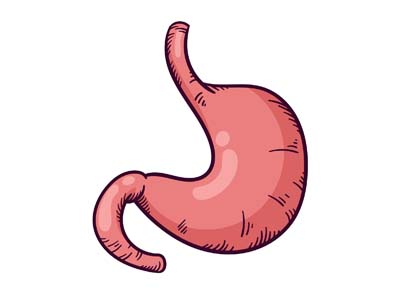
Small intestine: The stomach releases chyme into the small intestine, where enzymes break down the food into small pieces known as nutrients. After that, these nutrients are absorbed into your bloodstream, allowing your body to use them for energy, growth, and overall health.

Large intestine: The large intestine is where the body absorbs water from waste material. It has several parts, including the cecum, ascending colon, transverse colon, descending colon, and sigmoid colon.
While food works its way through the small intestine, three organs that are not part of the alimentary canal help the digestion process:
- The liver makes bile, which helps the body absorb fat. It is located in the top right of the belly.
- The gallbladder stores bile until it is needed. It is hidden just below the liver.
- The pancreas makes enzymes that help digest proteins, fats, and carbs. It is found below the stomach.
Functions of the digestive system
The functions of the digestive system are explained below:
Ingestion of food: It is a process in which food enters through the mouth into the alimentary canal.
Secretion: During this stage, different enzymes, acids, hormones, and other materials are released to assist the body in breaking down the food we consume.
Digestion: The digestive system works to break down any undigested nutrients and minerals into smaller parts, allowing the body to produce energy.
Absorption: The lymphatic system then takes in various vitamins and fatty acids, which are utilised by the small intestine.
The digestive system is a crucial part of human biology, helping to break down and absorb the nutrients necessary for survival and health. From the initial process of ingestion to the final elimination of waste, each organ and process within the digestive system plays a vital role. Understanding the steps and functions of the digestive system can help individuals make informed choices about their diet and lifestyle, promoting better health outcomes.
At Center Point School, we are committed to educating students about human anatomy and various fascinating facets regarding it. By including comprehensive health education into the curriculum, schools can equip students with the knowledge and skills they need to make healthy choices and understand the intricate processes that keep their bodies functioning optimally.

